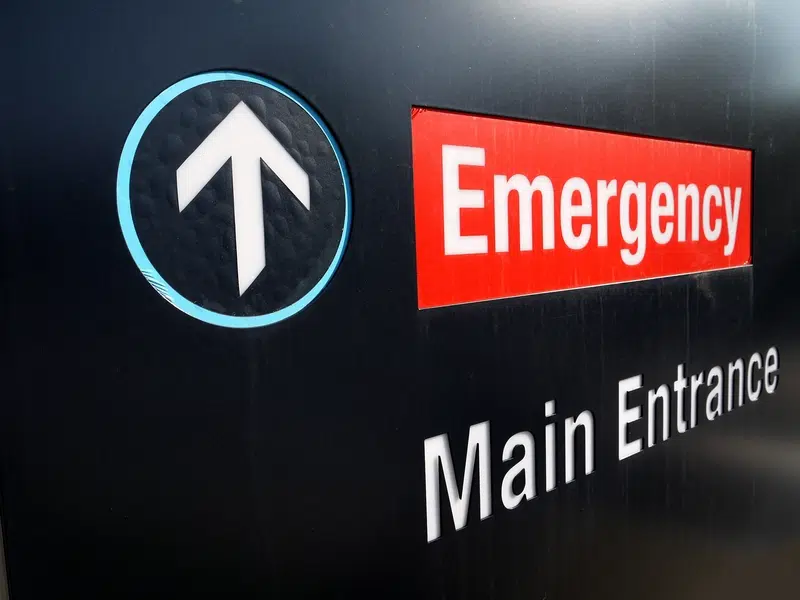A new team and strategy are coming to reduce blockages in the healthcare system, per a release from the provincial government this afternoon.
According to Health, Seniors and Long-Term Care Minister Uzoma Asagwara, the Lower Wait Time and System Improvement Team will work with front-line healthcare workers to reduce both long wait-lists and long wait-times in emergency rooms.
“The emergency department is the front door to our health-care system and its ability to function efficiently for patients is influenced by the decisions made in departments across the system – from acute care, to medicine wards, to community care,” said Asagwara. “The Lower Wait Time and System Improvement Team brings experts from across the system to work together to identify bed blocks, implement change and smooth out processes so patients can get in to see a doctor, get treatment and get home faster. We’re going to move forward hand in hand with the front-line workers who deliver care.”
The Lower Wait Time and System Improvement Team is led by Dr. Paul Ratana, provincial specialty lead of emergency medicine at Health Sciences Centre (HSC) Winnipeg, and Dr. Kendiss Olafson, internal medicine and critical care at HSC Winnipeg, with physicians, nurses and allied health professionals with specialties in emergency medicine, internal medicine, neurology, family medicine, anesthesiology and more. The team is supported by experienced process engineers who specialize in streamlining systems to improve services.
“No one understands the delays in patient care better than those on the front lines of health care,” said Olafson. “They face the daily frustration of a system that is often slow, fragmented and siloed. Our goal is to address some of the most challenging and discouraging aspects of care delivery –supporting the quality of front-line work without adding to workloads.”
In their release, the province said the Lower Wait Time Strategy outlines how to increase or add services that affect the timeliness of care at three main points of a patient’s experience – triage and admission if necessary, inpatient care and access to outpatient treatment to be able to return home safely.










